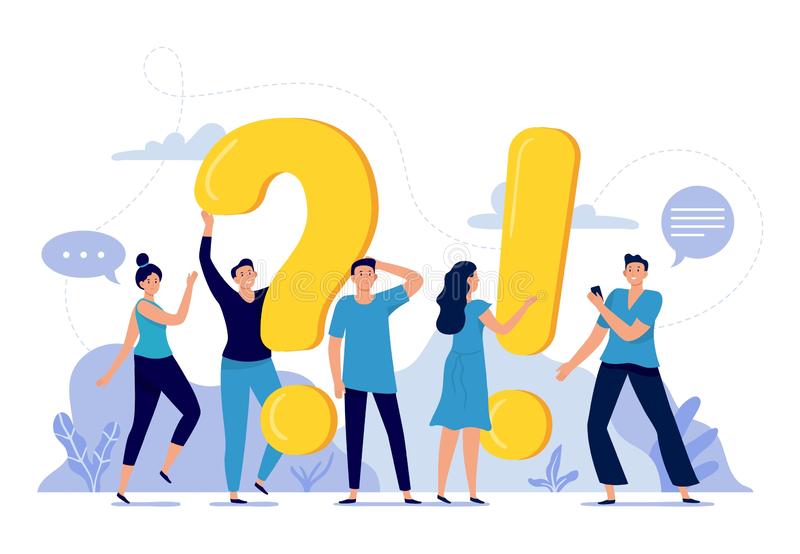Inquiry Method
As the name indicates, Inquiry method is a method that is centered on asking questions.
CHARACTERISTICS
It is a student-centered approach.
The teacher acts as a monitor and facilitator—guiding the students and helping them learn.
Students have to actively participate in asking questions and discovering solutions.
Students have to explore the material given by the teacher and then ask questions and make conclusions.
This method allows learners to build knowledge through experience, discussion, and exploration.
The teacher helps the students realize how and when to begin their inquiry and understand it.
Activities can be in the form of fieldwork, customized investigations, group projects, and/or case studies.
There are four types of inquiry-based learning techniques (confirmation, structured, guided, and open inquiry)—a teacher can select any of these and students have to discover for themselves the answers.
PROCESS
STAGE 1: Also called the interaction stage, this step involves the students interacting with others and the material to discover the need behind carrying out an investigation.
STAGE 2: Students start collecting and analyzing data. They start reading and clarifying their concepts with the help of the teacher. They can also start giving ideas about the topic or whatever is in the surroundings. This is the clarification step.
STAGE 3: Students start asking questions. Their questions can stem from misconceptions or not being able to see the big picture. This is the questioning stage.
STAGE 4: The last step is designing. Learners try to design solutions for the presented problems. Sometimes, they try to mold their understanding and start planning the next steps of their inquiry. They start reflecting on what has been done and has it been performed correctly.
CONCLUSION AND SUGGESTIONS
Therefore, Inquiry Method puts students on the center-stage. They investigate, question, and reach their conclusions. However, this method may not prove effective for all students as each learner has their capabilities and interests. One suggestion is to use this method in extra-credit projects for selected students.
ALSO READ: PEDAGOGY and Cooperative Learning
Currently, I am a student of Fatima Jinnah Women University. With a burning passion for psychology, words, and dreams, I decided to abandon medical studies for humanities. These days, when I’m not listening to ballads, watching movies, or sitting down with a good novel, I am rigorously studying Hangul (Korean language) to satisfy my obsession for BTS and K dramas. I’m a thinking introvert and INFJ personality. Therefore, I like ‘me time’. My articles typically resonate with psychological well-being advice.







